
Review contents

Saxo is one of the leading investment and trading platforms across the UK and Europe – it’s very well established and hugely popular. The trading experience is awesome, there’s a huge range of investment options, it’s low cost overall, and the customer service is great. You can also invest within a tax-free ISA and a pension. 5 stars from us.
Saxo is one of the leading trading and investment platforms across the UK and Europe, and is very well established – founded in 1992, and very popular, with over 1,000,000 customers. It’s not just one of the leading places for individual investors, but also businesses and professional investors due to their reliability, security, low fees and trustworthiness.
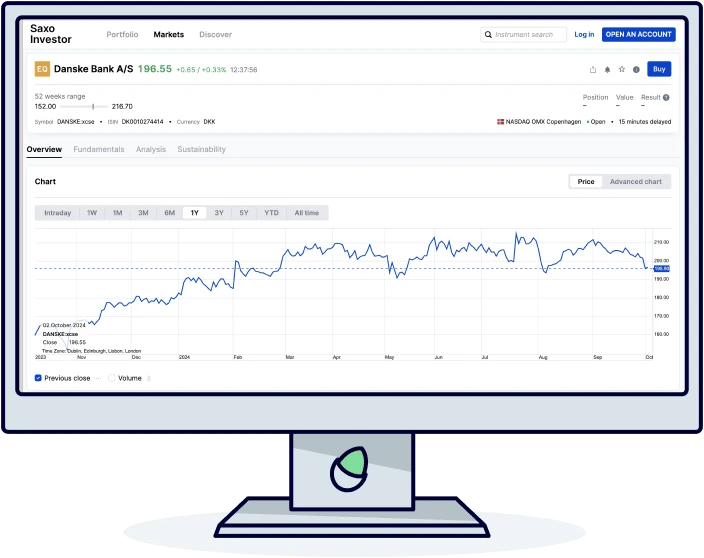
Saxo has or has close to the largest range of investment options compared to other top investment platforms, with over 71,000 investment options, covering a huge range of investment categories such as stocks and shares, ETFs, CFDs, foreign exchange, futures, options, and more (don’t worry if you’re not sure what these are, we’ll cover them below).
But not just that, the trading platform itself (the software) is one of the best out there too, and has won several awards over the years – it’s very fast, reliable, packed with features and has lots of liquidity (other traders to trade with) and the software has been improved over the years. Plus, the interface is great and very intuitive.
Note: don’t worry if that sounds complicated, they’ve got a great platform called SaxoInvestor, which is easy to use, and ideal for those looking to just buy and hold investments (find it on the Saxo website¹).
The trading platform also works seamlessly on mobile too, so you can trade on the go – and is very highly rated, with a massive 4.5 out of 5 on Apple, and 4.6 on Google Play.
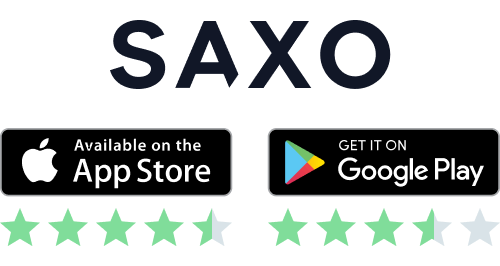
There’s a huge range of features for both beginners and experienced investors, which include being able to trade both price directions (up and down), and margin trading (leverage), which is effectively trading with borrowed money to make larger trades (more on that below).
And when your money isn’t tied up in investments, you’ll get a great interest rate on your cash in your account.
However, it's not commission-free, but it is low cost overall (we’ll cover the fees below), with one of the lowest currency conversion fees out there (0.25%). And there’s no inactivity fees, or minimum deposit amounts like other platforms.
Plus, the account options are great, you’ll be able to get a regular trading account, but also invest within a tax-free ISA, and a personal pension (SIPP). And even an account option for businesses.
Anyway, let’s run through all the finer details. If you’ve heard enough and are ready to get investing, you can get started on the Saxo website¹.
Yep. Saxo is a great option if you’re just getting started with trading and investing – and you won’t need move platforms later on once you’ve learnt the basics, as it’s one of the best for experienced traders too.
For beginners, or those looking to buy and hold investments, Saxo has a great investment platform called SaxoInvestor. It’s easy to use, and there’s no distractions like trading charts – you can simply just click buy, sell, or research companies you’re interested in (of course lots of other great features – more on those below).
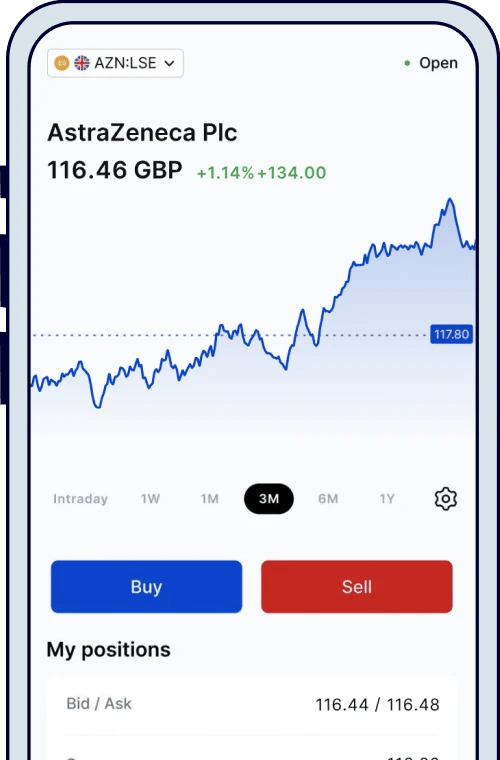
If you’re looking to trade more frequently (such as taking up day trading), you’ll use a different platform, called SaxoInvestorGO. As a beginner, you may find it a bit overwhelming initially when first using it, compared to other platforms designed for beginners – that’s because there’s lots of information given to you at once when opening the platform (although, it’s not that complicated, we promise).
The trading platform is packed with features, making it different to SaxoInvestor, such as you’ll see a list of the popular companies being traded and their prices moving, along with a chart of the price history of investments, and lots of price information – it’s all super useful, but more suited to short term trading than long term investors.
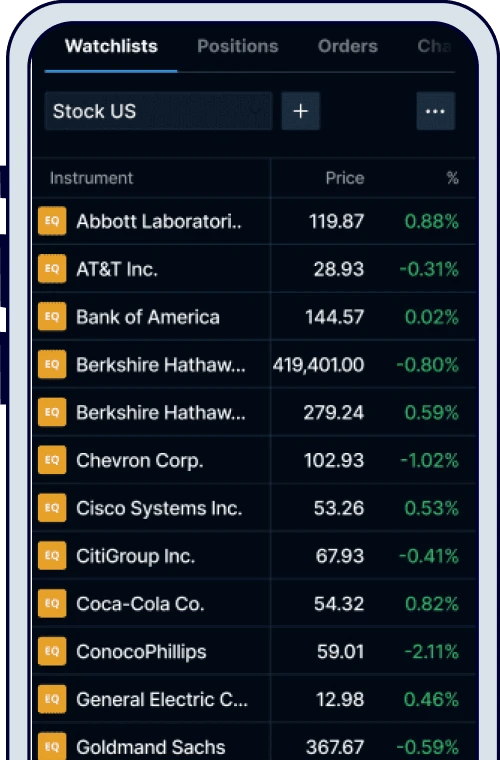
Having said that, you'll pick it up, as there’s a great help centre packed with tonnes of useful videos about the platform itself and trading in general, along with super useful guides.
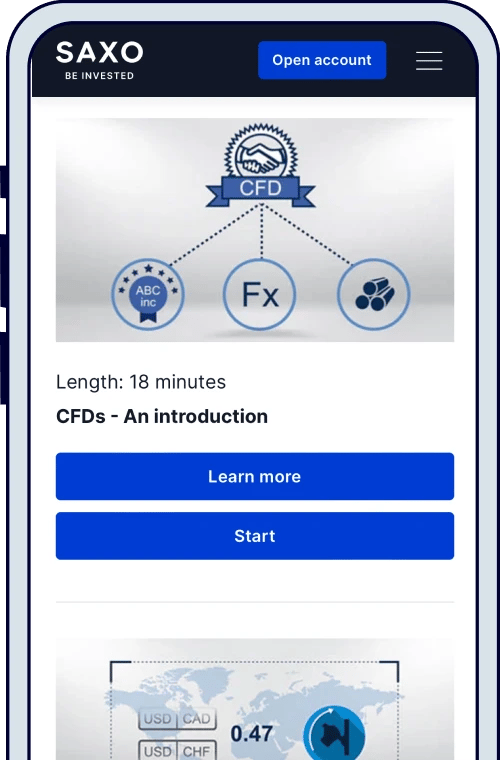
And, there’s a free demo account you can use too – so you can try before you buy (well, before you invest your own money).
This is your no-frills account where you can invest in everything available, but there’s no special benefits such as tax-free investing.
You can also open a regular trading account with a family member, so you both have access.
With an ISA, you can invest tax-free, meaning there’s no tax to pay at all on any of your investments (e.g. tax on your profit). You can save and invest up to £20,000 per tax year (April 6th to April 5th the following year), which is your annual ISA allowance across all your ISAs (if you have more than one).
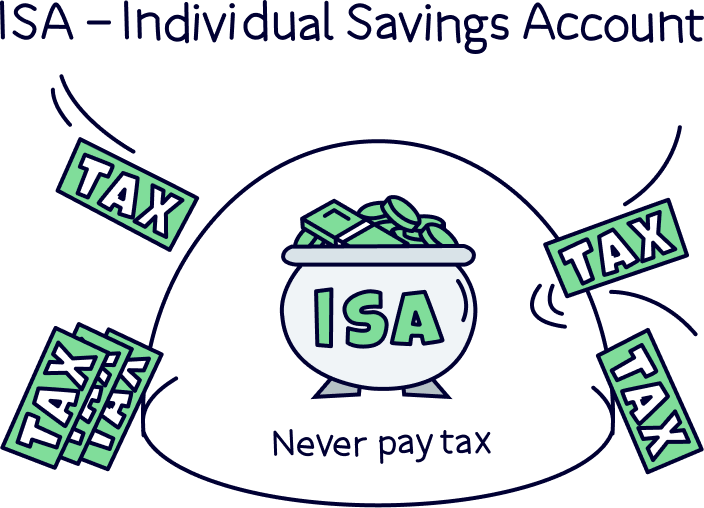
With a pension, you can invest for your retirement, and all of your contributions are tax-free, meaning you’ll get a massive 25% bonus into your Saxo account, automatically added from the government to refund the tax you've paid at 20%. And if you pay 40% or 45% tax on your income, you can claim part of that back on a Self Assessment tax return at the end of the tax year.
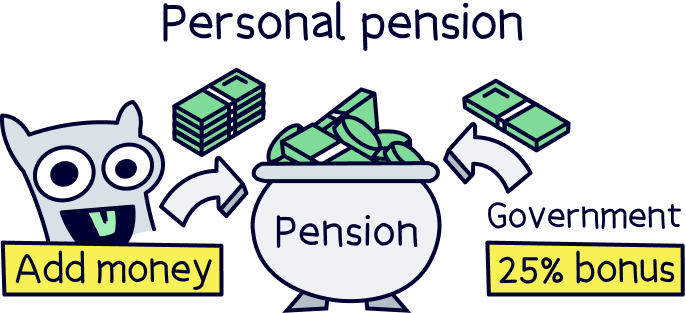
Your pension will also grow tax free too (e.g. no tax on profits) and over the years this can become a massive tax benefit, potentially saving you a lot of money.
Per tax year, you can invest up to £60,000 or your annual salary, whichever is lower – and is a total across all of your pensions.
Note: this is technically called a self-invested personal pension (SIPP).
If you manage a trust (so manage the money and assets on behalf of someone else), you can open and invest within a trust account.
You can open an account for your company if you own one. A great way of making the most of any spare cash your business has (or for professional investment companies).
If you’re a professional investor, or more experienced, you can open a professional account, which will remove some restrictions on a regular account that’s designed for less experienced traders (such as higher margin trading limits).
Note: you’ll need to meet certain requirements to be classed as a professional.
Saxo has one of the biggest ranges of investment options out there – a massive 71,000, ranging from stocks and shares, ETFs, bonds, options, you name it, it’s likely there.
There’s over 23,500 stocks from across the world, in fact from over 50 stock exchanges (that’s a lot).
A share represents part ownership of a company, and they’re traded on stock exchanges across the world, such as the London Stock Exchange (LSE), or the New York Stock Exchange (NYSE).
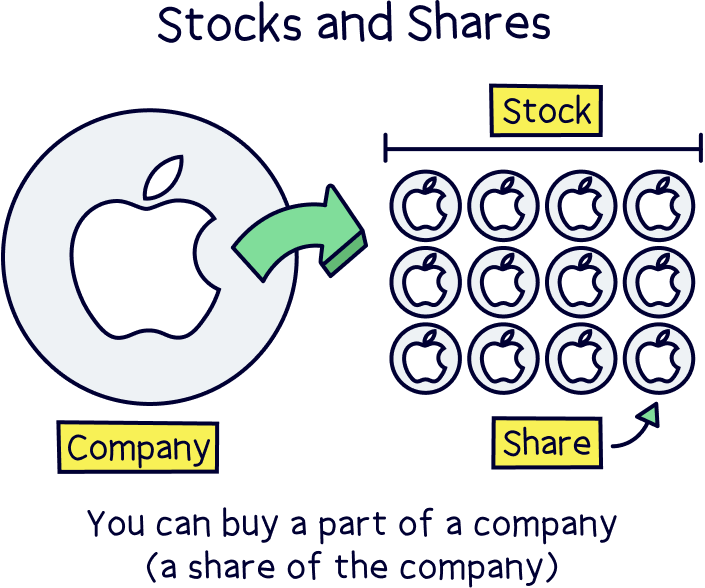
There’s over 7,000 ETFs to invest in (again, that’s a lot).
An ETF, or exchange-traded fund, is a group of investments all packaged together into a single investment, making it much easier and cheaper to buy (rather than buying all the different stocks and shares individually).
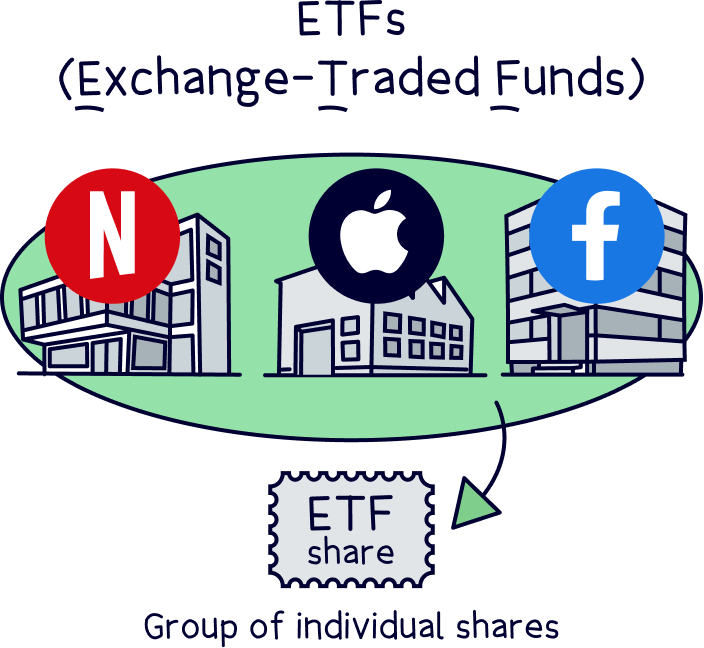
They trade on stock exchanges just like shares, making them easy to buy and sell.
They’re typically managed by experts (a fund manager), meaning the investments can change over time, and often each ETF will have an objective or theme, such as technology stocks, or real estate (but the possibilities are quite endless).
There’s over 6,000 funds on Saxo.
A investment fund, or typically called a mutual fund, is effectively the same as an ETF, where experts manage a pool of underlying investments, all packaged into a single investment, except they’re not traded on stock exchanges – you would typically invest into them directly (via a broker like Saxo).
They can cover a huge range of different investments, such as environmental, or simply a portfolio of investments for long-term growth.
There’s over 5,900 bonds to trade, which again is a lot – especially for bonds, which aren’t common on modern trading and investing platforms.
A bond can be issued by a government or a large corporation, and is effectively a loan to the government or corporation in exchange for interest payments – but the bond itself (the loan) has a value and can be traded.
There’s also a wide range of commodities, which are real things such as oil, wheat, gold and silver. You can trade these as CFDs (more below), or exchange-traded commodities (ETCs), futures and options (more on those below too).
There’s over 8,800 investment options that you can trade via CFDs (so a huge range of different assets, including stocks, ETFs and commodities (real things like gold)).
Contract For Differences (CFDs) are an agreement between you and a broker (e.g. Saxo) about the price of an asset (such as a stock) in the future, rather than actually buying the asset itself.
When you sell the CFD, you’ll end the agreement, and will settle the difference between the price of the asset at the time you bought the CFD and the price when you sold it (so effectively the same as the profit or loss on buying a stock).
They’re pretty great because you are able to trade both price directions, so the price going up (long), or the price going down (short). And, you are able to trade with leverage (also called margin trading)...
Leverage means you can effectively trade with borrowed money from the broker, to open a larger position (investment) than you otherwise could (so effectively trade with more money than you have).
So, you could make a trade for 5x leverage, which means you could open a trade worth £250 from a £50 investment and potentially increase your profit by 5 times…
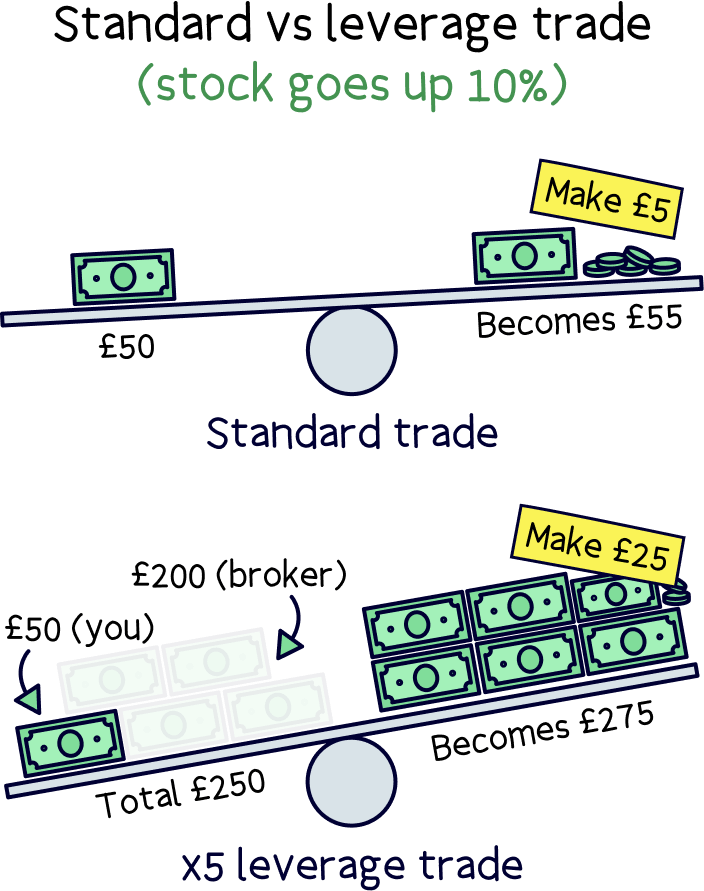
But, this also increases your risk, and if your trade goes the other way, for instance a stock price reduces by 10%, you’d lose 10% of your whole £250 position, so would lose £25, which is 50% of your £50 investment, not 10%.
Note: leverage is a great addition to professional strategies, but make sure you understand the risks first.
There’s over 250 investment options to trade as futures – which include equity indices (e.g. FTSE100), energy, metals and currencies.
A future is a contract for the price of an asset in the future, and is typically used with leverage (margin trading).
Not very many investment platforms offer futures (or options) – Saxo is one of the few, and a great platform to trade them.
There’s a wide range of options for options trading, including currencies – there’s over 20 options exchanges across the world you’re able to use with Saxo.
Options are similar to futures, where you buy the option to effectively trade the price of an asset in the future – you have the option to buy or sell at that price in the future, but you don’t have to, unlike futures.
There’s over 185 currency pairs on Saxo (that’s a lot), with all the major currencies, and a wide range of minor pairs (smaller currencies).
Foreign exchange, or forex or FX, is swapping one currency for another, e.g. Pounds for US Dollars, which is called a currency pair (or FX pair).
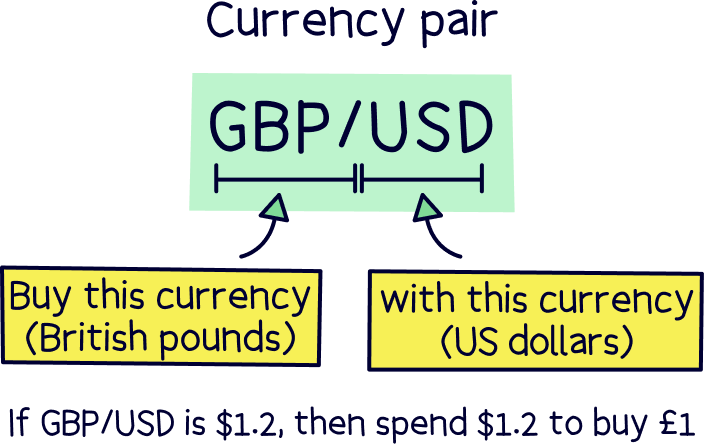
It sounds simple, but foreign exchange rates are constantly changing, making it super popular to trade worldwide.
There’s more than one trading platform within Saxo, depending on your investment experience and investing strategy.
If you’re looking to buy and hold investments for the long term, SaxoInvestor is for you. It’s easy to use, and there’s no advanced trading features that you wouldn’t want to use (more on the platform below).
If you’re looking to trade more frequently, there’s the flagship trading platform SaxoTraderGo, perfect for most traders, or SaxoTraderPro, suited to professional traders.
And getting technical, you can integrate into Saxo via your own tools and software with their API, and third party tools.
Note: don’t worry if that sounded too technical, you can simply use Saxo’s regular platform (like most people).
SaxoInvestor is designed for those investors looking to buy and hold investments, rather than trade regularly, or trade things like CFDs, options and futures.
It’s a slimmed down version of the trading platform (more on those below), providing the ability to easily find and buy the full range of shares, ETFs, funds and bonds available – building your own portfolio within the full range of investment accounts (e.g. an ISA or pension).
The platform is still packed with all the information you need for all the investments and companies you might want to research and invest in too.
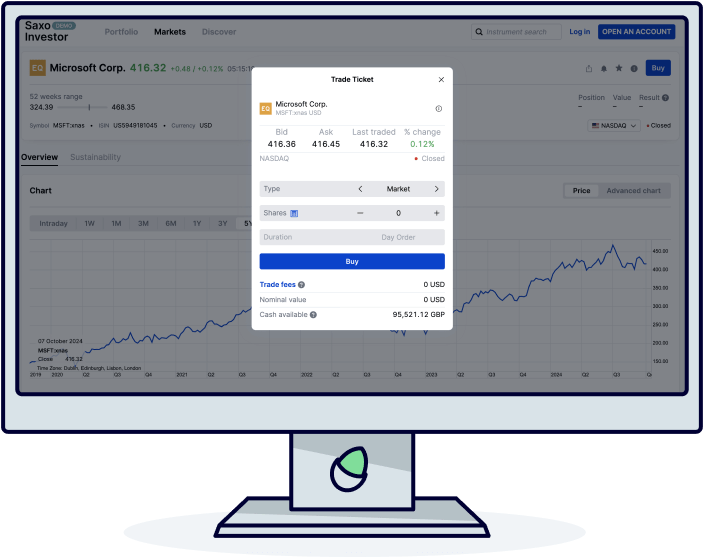
There’s also a section to read things from the Saxo investment team such as the latest news in the markets, and regular webinars.
And for investing on the go, there’s a SaxoInvestor app to download on your phone, with all the same features – it’s pretty great.
This is the default trading platform and used by most traders, and has pretty much everything you’d need or want in a trading platform. And it has won several awards.
It really is great, and super useful to aid your trading – all the information you need in one screen, but split across different sections of the screen – so you don’t need to keep searching and changing tabs like other platforms.
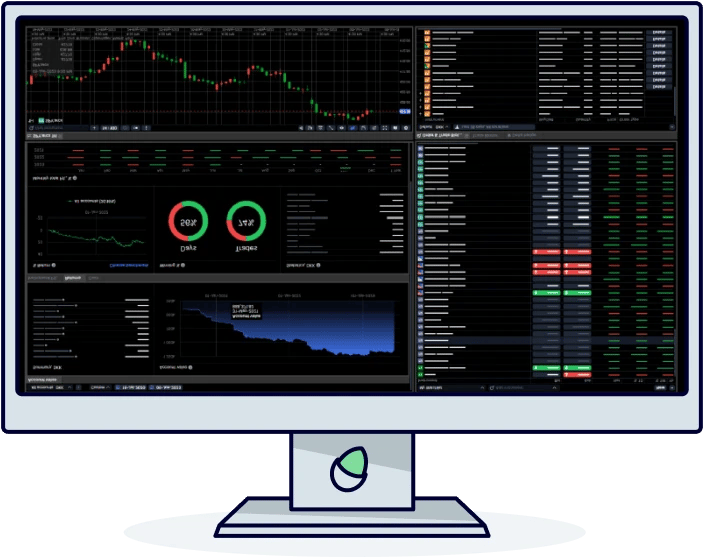
There’s a section to navigate across all the different instruments (things to trade), which includes your watchlists where you can customise and track things like certain companies, commodities and indices.
Then, there’s the section to go deep on each instrument, with an overview of all the key financials, such as the current price, 52 week range, and things like sustainability and ESG information (how good it is for the world), which also has the ESG data such as ESG risk score from Morningstar Sustainalytics – that’s a really great feature.
Note: ESG means Environmental, Social and Governance, and is a way of assessing how a company, investment or activity is impacting the environment (e.g. reducing carbon emissions), benefiting society (e.g. helping the people in the world, such as against slave labour), and the management of the business (e.g. avoiding bribery).

Alongside that you’ve got your charting tool, which maps the price history, and allows you to do your own technical analysis (drawing on the chart to predict future prices from patterns in the data), with loads of pre-set technical indicators.
And then there’s a section for your current trades, where you can see your trade positions at all times, and how they’re performing, and any orders awaiting to be filled (investments still to be made).
That was a quick run through of the top features but there’s also loads of other useful features, as we mentioned you can build watchlists, but also set alerts, customise charts, and customise your dashboard with a huge range of data columns available (e.g. ESG rating, bid size or 5 year return, to name a few).
SaxoTraderGo is also available as a mobile app too, on both Apple (4.5 out of 5) and Android (4.6 out of 5).
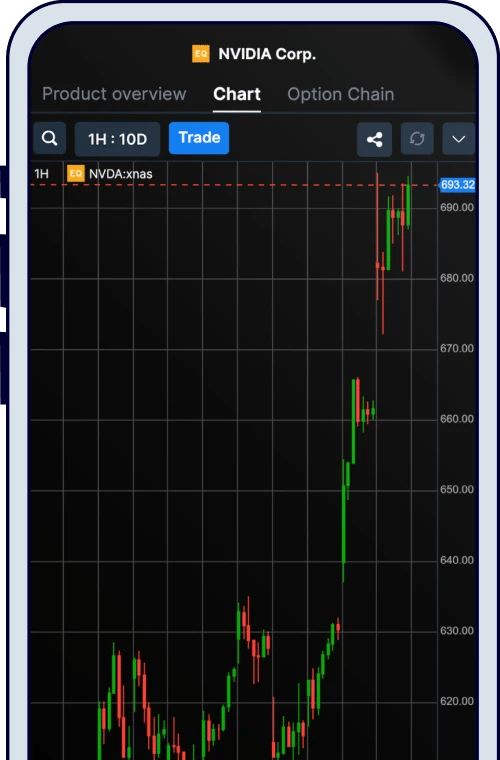
SaxoTraderPro is designed for professional traders, so don’t feel like you’re missing out if you’re not a pro just yet – although you can download it and try it if you like.
It’s got all the same features as SaxoTraderGo, however it’s a bit more enhanced and designed for more active traders looking for speed to place an order, and more information displayed, for instance, you can use it across 6 different screens.
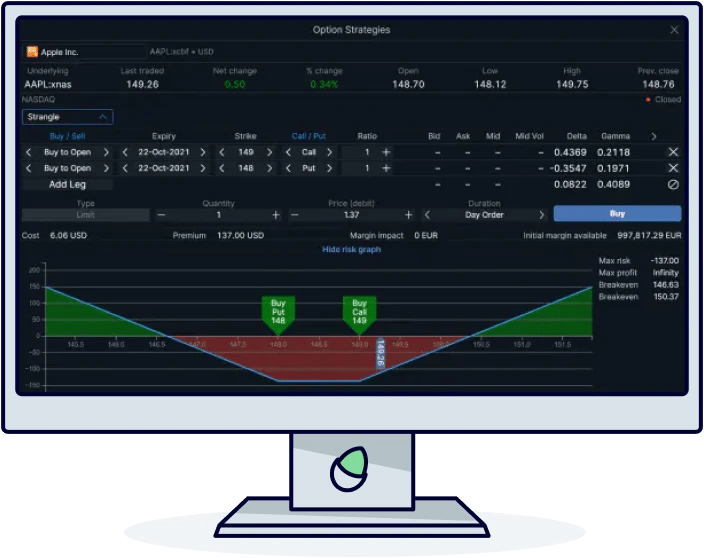
If you prefer to run your own trading system and tools, you can plug directly into Saxo’s API to get data and make orders – such as Excel, MultiCharts and TradingView (charting tools).
If you’re a big trader, with over £1,000,000 in trading funds initially, you can qualify as a Saxo VIP and benefit from lower fees, priority customer support and exclusive events with other VIP traders.
If you deposit over £200,000 initially, you’ll qualify for the platinum tier, and benefit from 30% lower fees and priority service.
There’s also a rewards system that you’ll be enrolled into automatically when you sign up to Saxo, and you’ll get points for trading, and the more you trade, the more you earn, these points can push you into the platinum and VIP levels allowing you to get those extra benefits.
Saxo is also one of the leading platforms when it comes to fees too, and as it caters to lots of different types of traders and investors, there’s a range of different fees that could apply to different people.
Although this sounds like it could be confusing, Saxo are very transparent with their fees and you’ll get a full fee breakdown before you make a trade.
Let’s run the most common fees (however, there could be some extra ones depending on what you’d use).
Note: some fees reduce as you progress into the platinum and VIP tiers.
If you’re buying real investments to hold, such as stocks, ETFs, funds and bonds, you’ll pay a commission for each investment.
Commission depends on what you’re investing in, here’s a run through of the most popular options:
If you’re holding real stocks, ETFs, ETCs, bonds and mutual funds, you’ll be charged a custody fee, which is an annual fee per year, accrued daily but charged monthly.
CFDs (Contract For Differences) are trading the price of an asset rather than buying the asset directly, and so have different fees. Here’s the most popular options:
If you’re planning to hold CFD positions overnight, you’ll also be charged an overnight fee, which depends on how large your position is. If you’re shorting (price going down), you’ll get a credit applied (so make money).
There’s also spread fees to include, which are fees within the price of an asset itself, and is essentially the difference between the price you pay and the amount you could get if you sold it immediately (so a tiny margin difference). It's kind of a hidden fee that most platforms apply.
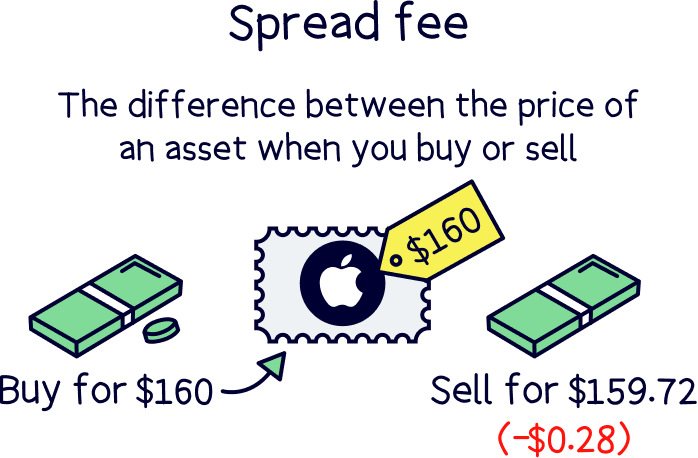
Spread fees vary considerably across the different assets, with the more popular instruments having small spreads, and the less popular, larger spreads. Generally, the spreads are very competitive with Saxo, and they are as low as 0.85 pips on indices (such as the FTSE100), and typically 0.8 pips on foreign exchange (and reduce as you progress through the account tiers).
Note: a pip is the smallest decimal place for each asset, e.g. in forex it’s typically 0.0001
Check the Saxo website¹ for the full range of fees.
There’s a maximum fee of 0.25% when converting your main currency (e.g. Pounds) to another currency (e.g. US Dollars), in order to buy or sell stocks or other assets that are in another currency (e.g. US stocks) – it all happens automatically when you buy an investment (you'll see this fee when making the trade). This means you don’t need to actually change your money beforehand.
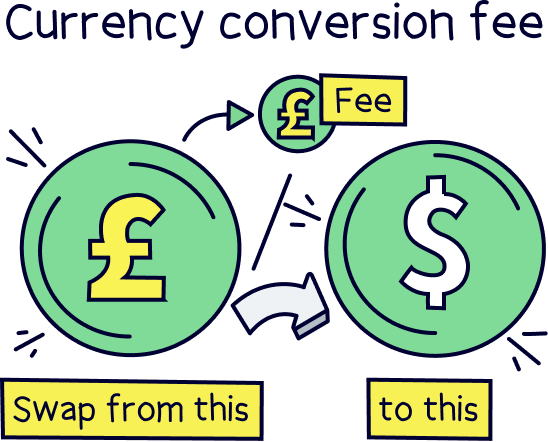
This is very low, and one of the best out there. Typically investment platforms range from 0.50% to 1.50%.
By the way, there’s no inactivity fees with Saxo, so you can keep your account open and not trade for as long as you like (other platforms charge for this).
Saxo customer support is excellent, and there’s multiple options, but most importantly, you can call them on the phone if you like (very rare with investment platforms these days).
They’re available on the phone between 9am and 5:30pm, although general support (live chat or email) runs 24 hours a day, Monday to Friday.
They’re quick to respond, and very friendly.
There’s also an extensive help centre, with pretty much everything you might want help with, such as explaining how to use the platform, and trading in general.
Yep. Using Saxo is perfectly safe. It’s very well established, and highly regarded as one of the top places to trade – it’s been around since 1992.
It’s also authorised and regulated in the UK by the Financial Conduct Authority (FCA), which means they’ve been reviewed, and approved to look after your money.
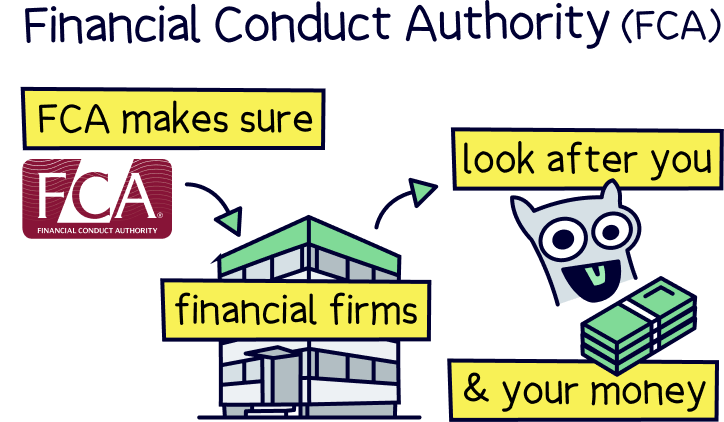
Your money is held entirely separate from Saxo’s own money, with large banks, and they’re not able to access it at all – it’s held securely in your name, and can only be returned to you.
You are also covered by the Financial Services Compensation Scheme (FSCS), which provides protection up to £85,000 should Saxo go out of business and not return any of your money (very unlikely as it’s held separately with large banks).
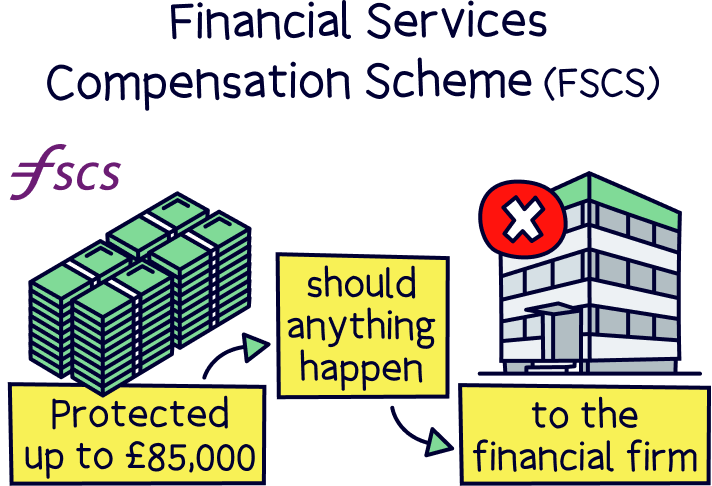
Here’s a quick recap and the pros and cons of Saxo:
We’re big fans of Saxo – the trading platform is really great to use, and also packed with a huge range of features to support and enhance your trading (and it’s even great on mobile) – it’s one of the go-to platforms for serious traders.
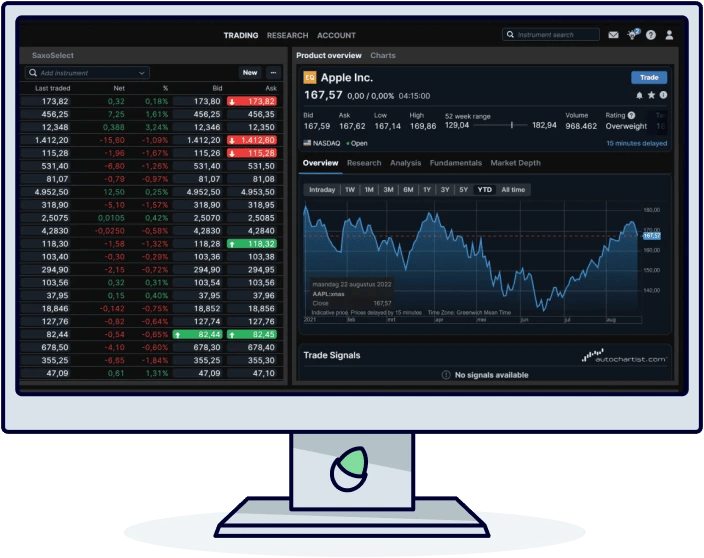
It’s great for beginners too – however it may just take a bit of getting used to (but a great way to learn about investing and trading).
The range of investment options is huge, and is one of the largest out there, and covers stocks, ETFs, funds, CFDs, bonds, futures, options, forex and more.
There’s also advanced trading features such as leverage trading (borrowing money), alongside investing tax-free within an ISA and for your retirement with a pension, and interest on uninvested cash.
It’s not the very cheapest out there, for instance it’s not commission-free, so those with smaller balances may not be suited, but it’s low cost overall, and worth it for the service. Fees will vary depending on your investment strategy.
Finally, the customer service is excellent, very friendly and responsive.
Overall, it’s 5 stars from us. If you’re keen to get started, simply head over to the Saxo website¹.
We’d love to hear from you, and it will help others too.